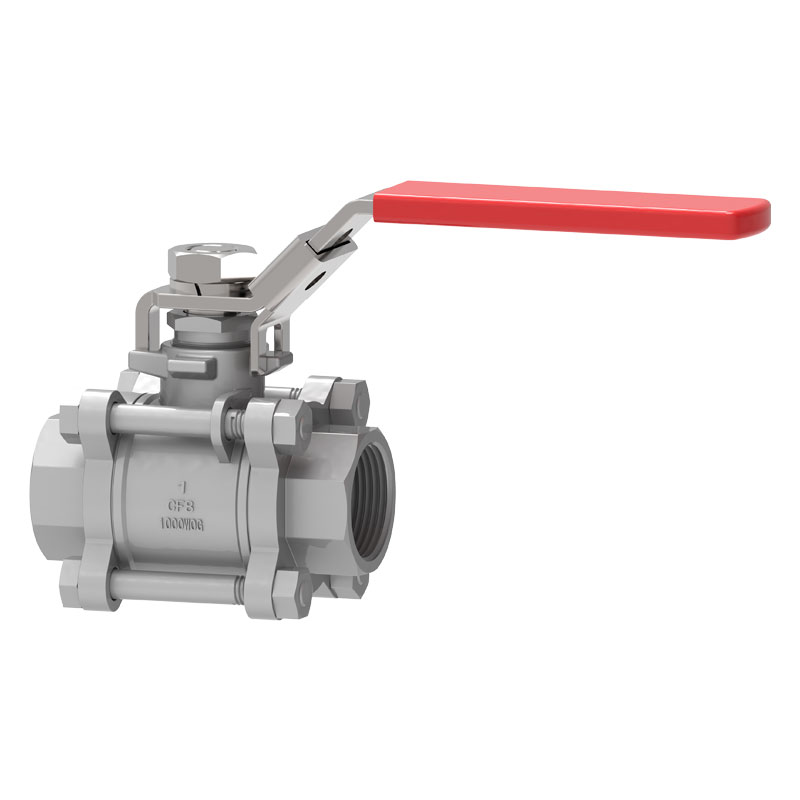Understanding Ball Valves: A Versatile Solution for Fluid Control
2024-12-26
In the world of fluid control systems, ball valves stand out as one of the most efficient and versatile options. Their simple yet effective design makes them suitable for various industries, from plumbing to oil and gas.

What is a Ball Valve?
A ball valve is a quarter-turn valve that uses a hollow, perforated ball to control the flow of liquids or gases. When the valve handle is turned 90 degrees, the ball either opens or closes the flow path, providing a quick and reliable shut-off mechanism.
Key Features of Ball Valves
1. Durability: Made from materials like stainless steel, brass, or plastic, ball valves are built to withstand harsh conditions.
2. Ease of Use: The quarter-turn operation is simple and quick, minimizing downtime in industrial settings.
3. Leak Prevention: The tight seal of a ball valve prevents leaks, even under high pressure.
Common Applications
- Residential Plumbing: Used for water shut-off in homes.
- Industrial Processes: Controls the flow of chemicals or gases in manufacturing plants.
- Oil and Gas: Manages pipelines in upstream and downstream processes.
- HVAC Systems: Regulates the flow of refrigerants and other fluids.
Types of Ball Valves
1. Full Port: Offers maximum flow with minimal pressure drop, ideal for applications requiring high efficiency.
2. Standard Port: A cost-effective option with slightly reduced flow.
3. V-Port: Provides precise flow control for specialized applications.
With their robust design and wide range of applications, ball valves are an indispensable component in fluid management systems.

